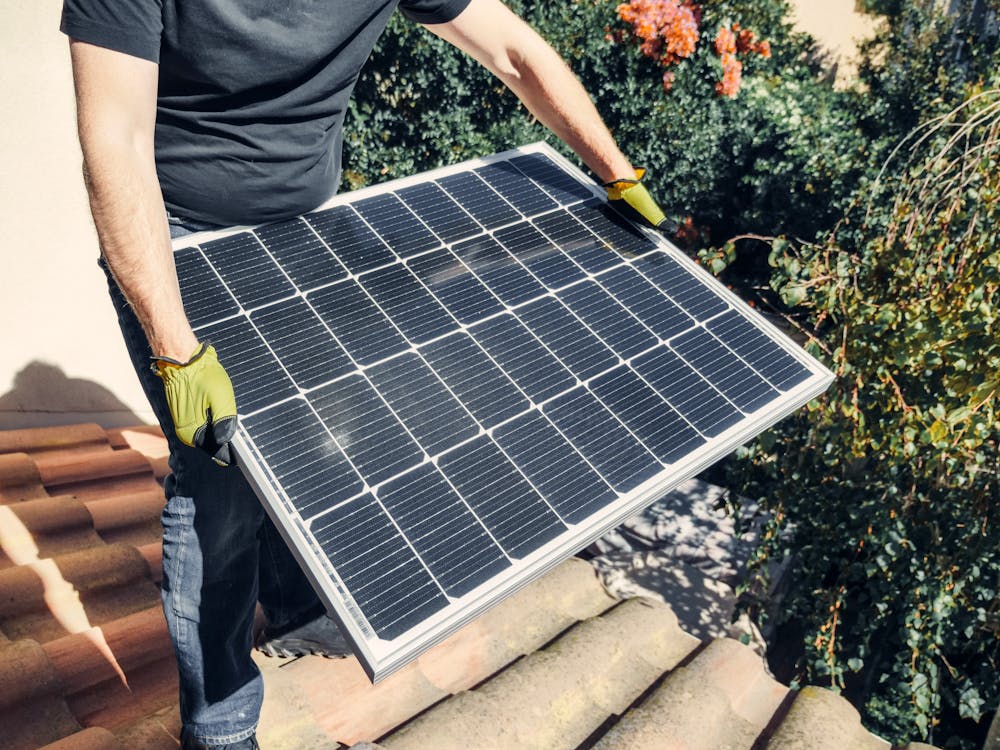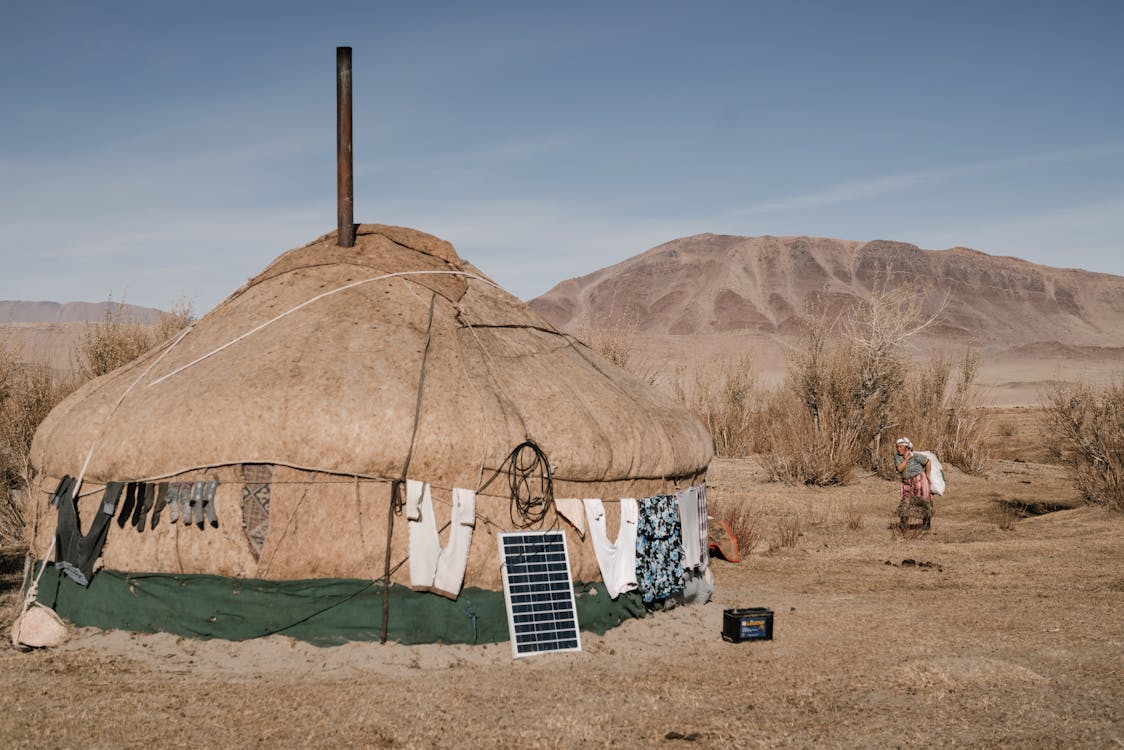Off-Grid Living Basics – Electricity

City living has its perks.
The many available amenities at our doorstep and the proximity to commerce make it possible for us to grow and further our careers. Through time, however, we begin to grow sick of the never-ending rat race. The noise of the city traffic, the constant concern about safety, and the reliance on unreliable public services become factors that we end up growing tired of complaining about. It is for this and many other reasons that there is a large portion of city dwellers who are now looking at abandoning the hustle and living off the grid.
Living in South Africa comes with a big benefit: we get a lot of sun! Using the sun to generate electricity through solar power is good for the environment and your electricity bill. It may, however, take time before you begin to see the returns of your investment.

Off-Grid Electricity
In an off-grid situation, you want to make sure your panels can supply enough electricity to meet your minimum consumption needs all year round. People tend to use more electricity during winter when solar systems are less effective (shorter days = fewer sun hours). To make up for this, it’s worth your while to get more efficient panels that will still be able to generate power in less-than-perfect sun conditions. Luckily, you’re in South Africa so you have sun all year round!
Batteries are an essential part of an off-grid solar system, as they provide a constant source of stable and reliable power that allows you to power devices when there’s no sunlight. Deep-cycle lead acid batteries are by far the best type of batteries to use in an off-grid solar system. They are designed for the type of deep discharge demands of off-grid use and have a lifespan of 5–12 years. You will want to avoid car batteries at all costs, as they’re designed for supplying short bursts of current and wouldn’t last long when deeply discharged.
Now when we say deep discharge, we don’t mean completely draining the battery like how you might with your phone – you never want to completely drain your battery to 0%, as it will permanently damage your battery and significantly reduce its life span. We recommend a 50-60% depth of discharge, which is a warranty condition, so work out your requirement by dividing your Wh requirements by the voltage of the battery (the most common by far is 12V) and multiply it by 2 for the required Amp hours (Ah).

The Role of Charge Controllers
The charge controller is a piece of equipment that goes between your solar panels and batteries. It regulates and controls voltage to prevent your batteries from being damaged through overcharging. A highly effective charge controller will also have a significant impact on the output from your panels, increasing your solar yield.
Every Solar Kit Needs an Inverter
Most off-grid solar systems will need an inverter. The inverter converts the lower voltage Direct Current (DC) energy produced by solar panels into higher voltage Alternating current (AC), which is what your household appliances will require. Having a good inverter means that all your equipment and appliances will run seamlessly.
You will need an inverter that matches the voltage of your battery bank, and has enough output to run the appliances needed – you’ll need to look at all your appliances and what you’re likely to be running at the same time. For example, a fridge will always be running, but you’ll also want to watch TV at some point, and charge your phone, so you’ll need to be able to support them all running concurrently. You’ll also want to consider that having a larger inverter may mean you’re able to run more things than your batteries can support – though this does mean you can add more panels and batteries down the line, without buying a new inverter.

Comments
Add comment